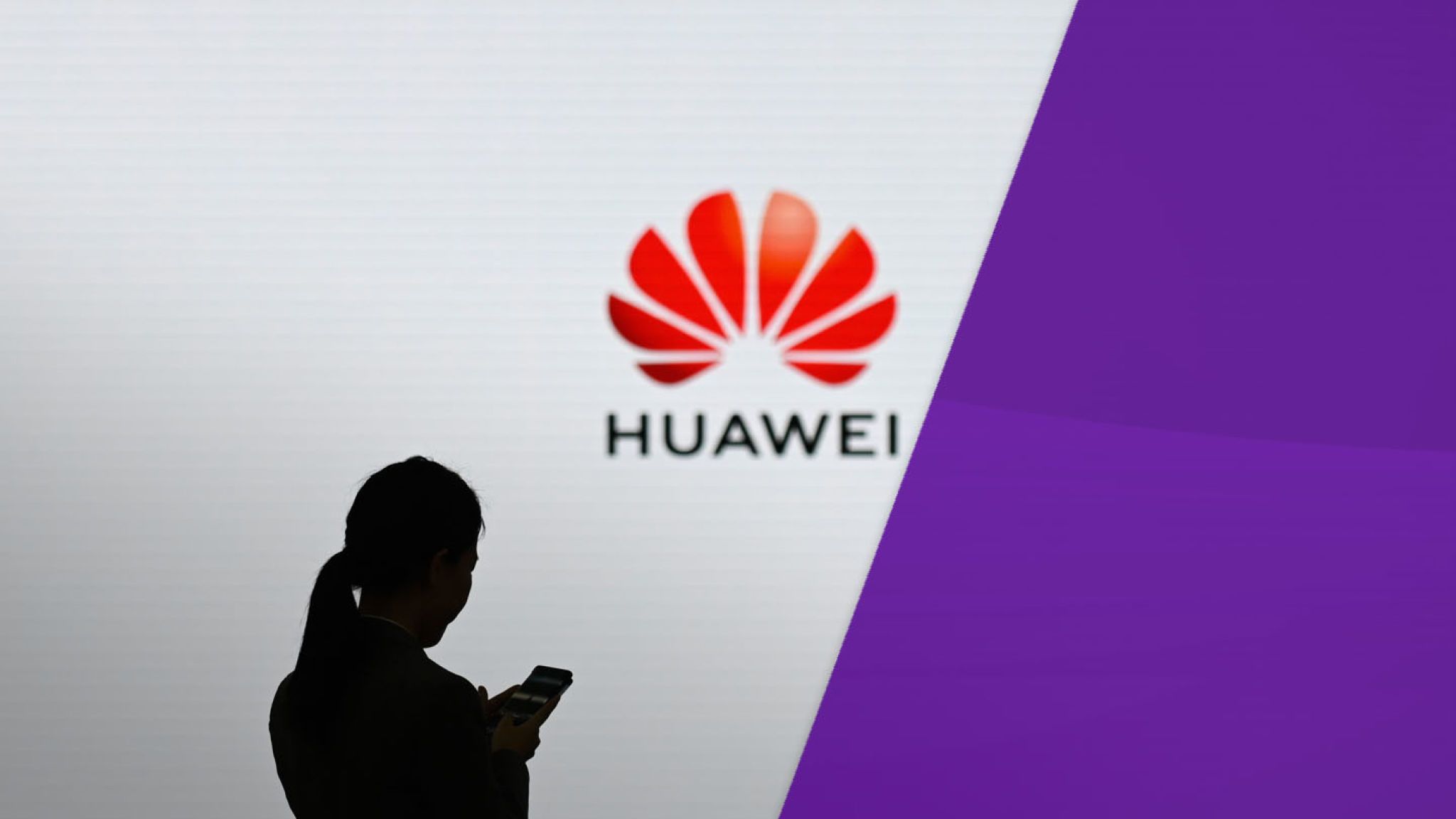The Asian Infrastructure and Investment Bank (AIIB) has been a lightening rod for western analysts, think-tanks and media that believe China represents a threat to not only the US and its allies’ interests, but also the broader post-World War II international order. The China-led AIIB, on paper, is simply the newest addition to a group of multilateral development banks that lend capital primarily for infrastructure projects in the developing world, yet, headquartered in Beijing, it is also perceived as a symbol of growing Chinese geopolitical clout. The need for more infrastructure in Asia is well accepted, but who lends, who borrows and how projects are implemented are parts of the tea leaves predicting the future of the economic order in Asia.
The Obama administration has claimed to welcome the AIIB, yet questioned the bank and China’s commitment to international environmental and social standards and lobbied against allies joining the bank. To be fair, this view is not monolithic in the west as think-tanks like the Peterson Institute for International Economics have even pushed for the US to join the bank as early as 2015. Behind this is the idea that only from the inside can the US and other standard bearers ensure that the AIIB follows the mold of other Multilateral Development Banks (MDBs).
Among the western critics of the AIIB, there are a few primary fears; China will use the AIIB to further its geopolitical and military goals, China is seeking to undermine the current international economic order through the creation of parallel institutions, and, finally, China will use the AIIB to undermine international environmental and social standards. Until recently, both the fears of the MDB and calls for cooperation with it were based, primarily, on speculation on the structure of the AIIB and China’s influence and intentions for the bank. However, following its first formal meeting in June, 2016, several of its first development projects have been announced.
Start with the first criticism that the AIIB will be used to further China’s national interests. Of the six projects proposed, none of which has any overt military aspects, two are in Pakistan, who has long been a staunch ally of China. Another is in Myanmar, which despite recent overtures to the west and political and economic opening up, remains closely linked to China. In fact, every recipient country’s top trade partner is China, which might imply that China has undue influence over their economy and government. However, China’s status as the second largest economy in the world and the largest trading nation in the world deflates even the most conspiracy-orientated critics. Certainly, the projects, which focus on civilian transport and energy infrastructure, will boost recipient nation economies. Economic growth will likely increase imports from China; it will also increase imports from other partners. Many stand to gain, not just China.
Critics, for example Director Zhang Baohui of the Center for Asian Pacific Studies, have argued that China is attempting to create a parallel international order with the intent of eventually replacing the old western-dominated guard including the World Bank, the Asian Development Bank (ADB) and the European Bank for Reconstruction and Development (EBRD). But the vast majority of the recent projects approved by the AIIB, like an urban infrastructure project in Indonesia and highways projects in Tajikistan, are co-financed with theses same institutions. Not only has the Chinese president of the bank, Jin Liqun, served as the vice-president of the US and Japan-dominated ADB in the past, he will also continue to work with them as equal financiers of a transportation project in Pakistan and as a minor partner for a power plant project in Myanmar. In every project except one, the AIIB is either the junior or equal financing partner with the very institutions critics claim it is setting out to replace.
Beyond fears of replacement and overt military interests, critics have raised alarm bells that the AIIB would not follow the environmental and social responsibility norms of the existing order. Every co-financed project the AIIB pursues will follow the norms and standards for environmental, social and anti-corruption norms set out by the majority financiers. The AIIB’s Environmental and Social Framework, which will be used for the only project the AIIB is financing on its own, has received criticism from environmental groups, but independent analysis has also found criticism for the ADB and the World Bank
There is a real concern that the entrance of the AIIB will increase competition for lending, which could lead to degraded standards. However, both the ADB and World Bank had already recognized that their standards needed to be improved before China even proposed the AIIB in 2013. The ADB started an independent evaluation in 2009 that called for improved risk assessment and transparency. In 2012, the World Bank implemented a Safeguard Review that found weakened safeguards for affected communities, bio-diversity and transparency. The independent NGO, the Ulu Foundation, conducted the World Bank Safeguards Review, which also raised concerns about the AIIB, but accepted that the Chinese-led bank would “adopt that best practices of the other international institutions.” It could be argued that the AIIB should act aggressively to improve upon the environmental and social safeguards, but by taking the back seat in its first round of projects, the AIIB is signaling its desire to learn from the established MDBs, for better or worse.
Western fears of a coming collapse of the international economic order because of the AIIB are jumping the gun, and certainly closing their eyes to many of the positive signs in the AIIB’s first steps. This is not to say that China founded the AIIB of purely altruistic intentions, even aid packages often come with strings attached or are used to buy influence. The AIIB, like all MDBs, is indeed a creditor, and recipient countries will have to pay back the US $1.2 billion in total loans the AIIB has approved this year. This does not mean the AIIB is a money-making enterprise; the founding documents require that all proceeds are reinvested into future projects, another MDB standard.
Criticism of the AIIB has been sensationalized and alarmist. Fears of growing Chinese economic and military power mean that, for knee-jerk critics of China, every action is a direct action against the US-backed order. Yes, having a controlling share of the votes, one of its nationals as president and a clear association with the bank are of diplomatic, soft-power benefit to China, but not the institutional Trojan horse critics argue it to be. The AIIB has made its opening move, and its choices clearly reflect international MDB standards. Overwhelmingly, these new projects fit the typical mold of MDB strategies of supporting infrastructure in developing economies. There is no compelling evidence for critics to continue to claim that China and the AIIB represent anything more than integration with the post-World War II economic order.
- NOVAsia Is Hiring: Call For Applications and Contributors for Spring 2025! - February 26, 2025
- NOVAsia Is Hiring: Call For Applications and Contributors for Fall 2024! - August 20, 2024
- NOVAsia Is Hiring: Call For Applications and Contributors! - February 19, 2024






